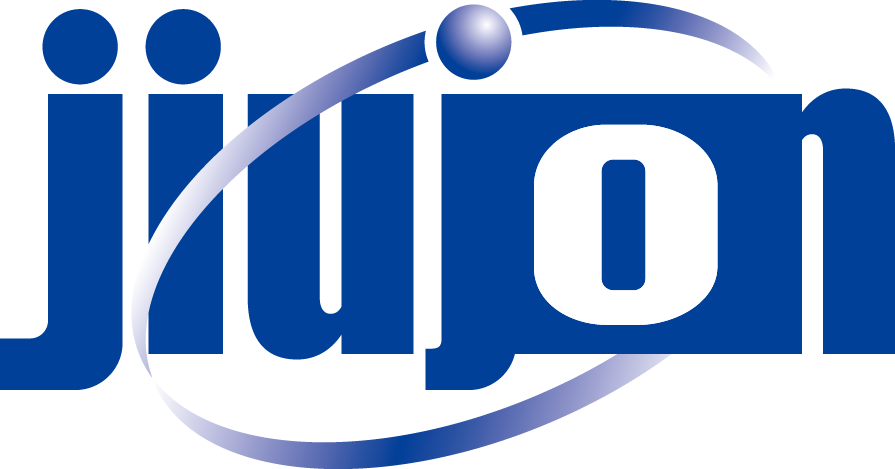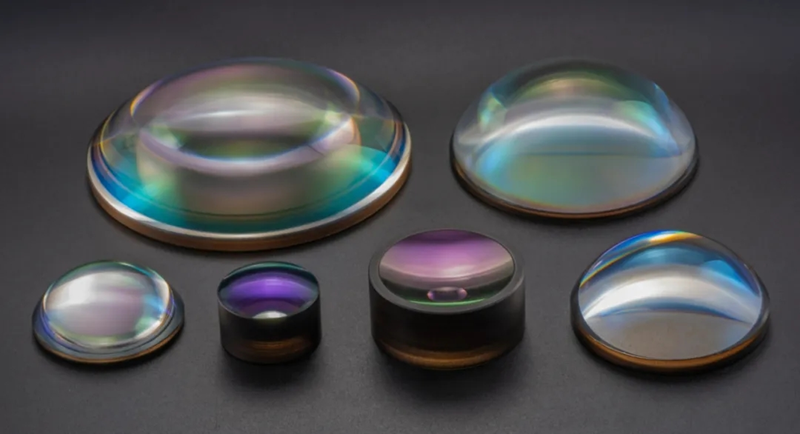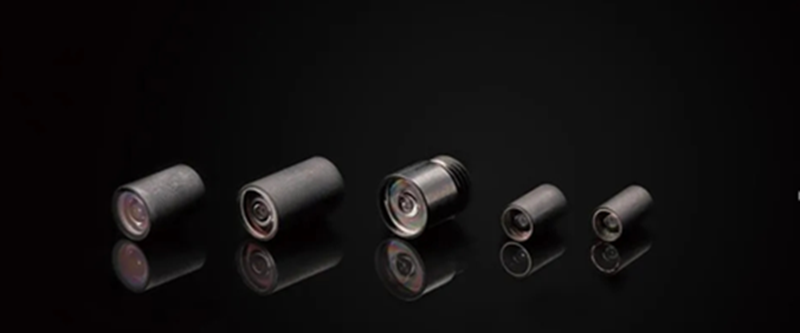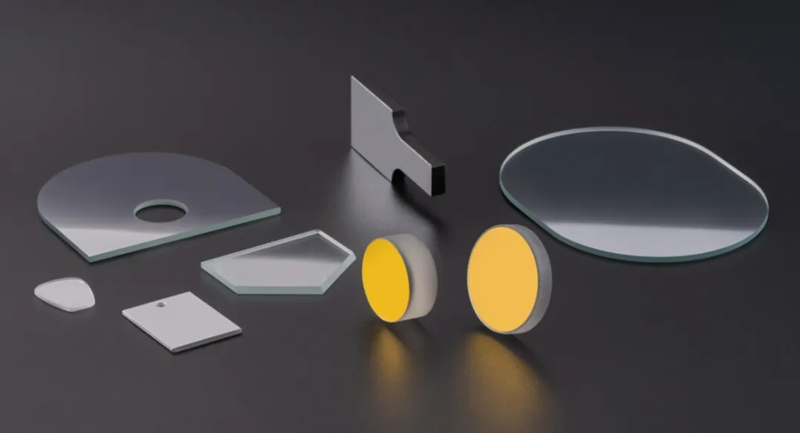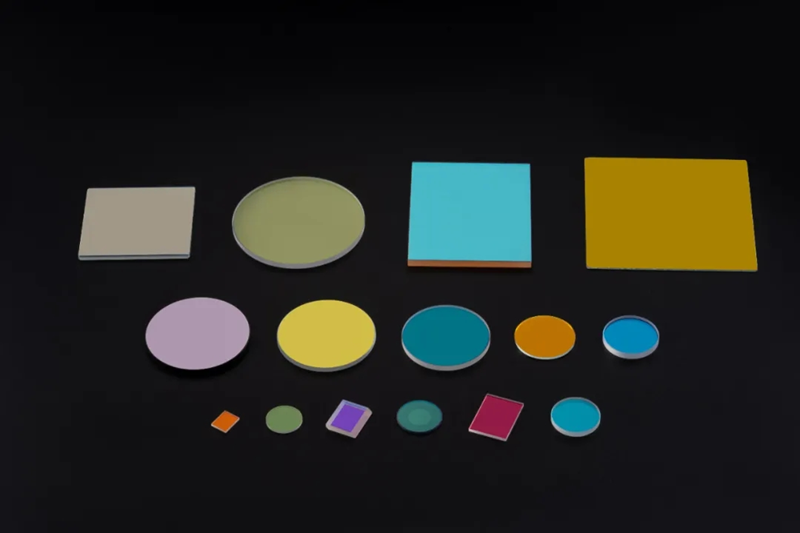First of all, precision optical components play a crucial role in microscope technology. As the core element of a microscope, the characteristics of the lens have a decisive influence on the imaging quality.
Parameters such as focal length, numerical aperture and chromatic aberration of the lens are of great significance in microscope design. The numerical aperture determines the light gathering ability of the lens, while the chromatic aberration affects the imaging quality of the lens at different wavelengths. In order to obtain high quality microscope images, modern microscopes usually use compound achromatic lenses, which eliminate the chromatic aberration of the lens at different wavelengths through special lens design and material selection, thus improving the imaging quality.
Lens
Secondly, the role of precision optical components such as high-definition cameras and microlenses is particularly important in endoscopic technology. Through a series of processes such as optical design, material selection, and processing technology, these components have the characteristics of small size, large depth of field, low aberration, waterproof and durability, etc., and are used in medical endoscopes to provide doctors with high-definition and high-resolution images and help them observe the internal structure and lesions of the human body more accurately. In addition, the operation simplicity and comfort of endoscopic technology has been continuously improved, bringing better diagnosis and treatment experience to patients.
Endoscopic Optical Lens
In laser surgery, the role of precision optics should not be overlooked. Elements such as mirrors, lenses and gratings are used to control the direction of laser emission and energy distribution to ensure the accuracy and safety of surgery. Through the precise control of precision optics, laser surgery is able to achieve fine cutting and precise aiming, reduce damage to surrounding tissues and improve surgical effects. Laser surgery has the advantages of less trauma and quicker recovery, especially in the fields of ophthalmology and dermatology, etc. It is widely used.
Mirror
In addition, precision optical components play a key role in optical diagnostics and monitoring technologies. Spectrometers, filters and beam splitters and other beam splitters precision optical components can detect and monitor biological molecules and cells, and analyze their structure and function. Optical diagnostic and monitoring technology has the advantages of high sensitivity, high resolution and high speed, enabling early diagnosis and personalized treatment. This technology provides new means for tumor detection, genetic disease diagnosis and other fields, and helps to improve the accuracy and timeliness of disease diagnosis.
Filter
Post time: Apr-22-2024
